Now that we must all wear face masks, it is hardly surprising that they have started to become a fashion accessory. An Israeli jeweller has created a gold and diamond-encrusted mask that is said to be worth $1.5 million. According to the designer, the man who commissioned the extravagant mask — which weighs nearly 100 times as much as a typical surgical mask — had two demands: that it be completed by the end of the year and that it be the most expensive mask in the world.
Diamond-encrusted face masks may not yet be everywhere, but floral ones certainly are. Once you start spotting them, you will see them all over town, normally covering the faces of women between the ages of 30 and 50.
The Duchess of Cambridge was recently photographed wearing a floral face mask while delivering donations to a baby bank. Her mask came from the British kidswear label Amaia and was made with a Liberty fabric called ‘Wiltshire’. I suppose there is a certain irony in choosing a Liberty print to decorate something the government has forced us to wear.
As part of the ‘war effort’, people all round the UK are now stitching face masks. I ordered a floral mask via the website Etsy from a friendly woman in Yorkshire who usually makes chintzy bunting but has instead turned her hand to mask-making, the bunting market presumably having been hit quite hard by the pandemic.
I went for a ‘retro’ Liberty print option, thinking that the fuchsia-pink and orange design, with its hint of flower power and free love, was a good antidote to our new reality of endless dollops of hand sanitiser and hostile relations with strangers in the supermarket aisle.
It is as cheerful as a mask can be. It is also made of cotton, which means it is easy to bung in the washing machine. But the problem is — and I wonder whether the Duchess of Cambridge has faced a similar issue — the cotton is almost impossible to breathe through. Having used the mask just for quick dashes into the shops for milk, bread, etc, I only realised this problem when I took a taxi ride across London last week.
In the back of an Uber, where mask-wearing is also now mandatory, I found myself becoming light-headed. Fifteen minutes into the journey, I started to feel faint. By the time I arrived at my destination, I thought I might pass out. After thanking the driver (who was wearing a more professional–looking mask, one with air vents on either side), I flung open the door as quickly as I could and gulped in lungfuls of air. Stuffing the mask into my handbag, I vowed not to use it again (aside from the occasional trip to the supermarket).
I felt foolish for prioritising aspiration over respiration. The next day, I ordered some of those hospital-green breathable masks, the sort once beloved by tourists travelling on the London Underground. They are certainly easier to breathe through, but they are not nearly as pretty as my floral mask.
Got something to add? Join the discussion and comment below.
Get 10 issues for just $10
Subscribe to The Spectator Australia today for the next 10 magazine issues, plus full online access, for just $10.
You might disagree with half of it, but you’ll enjoy reading all of it. Try your first month for free, then just $2 a week for the remainder of your first year.


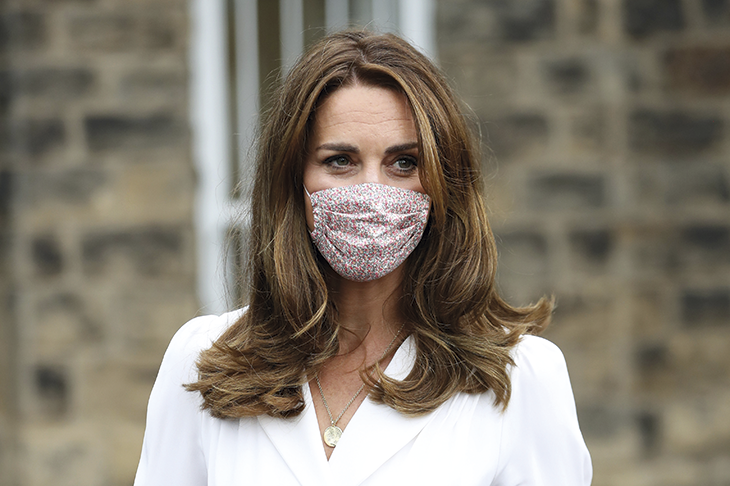


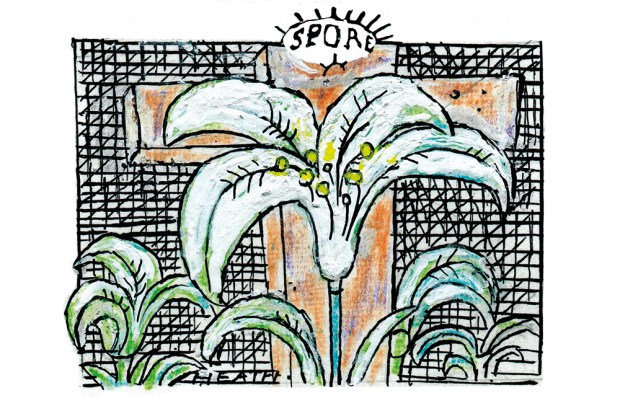
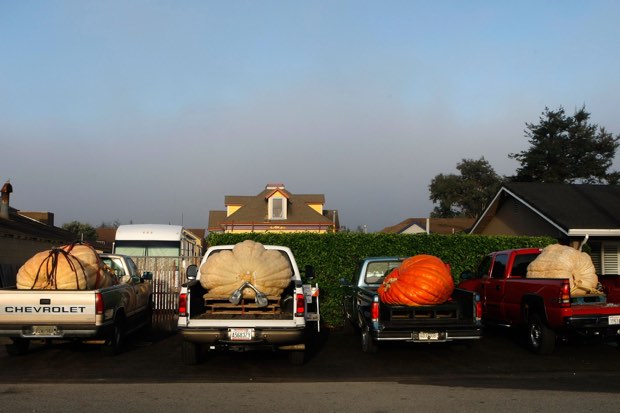
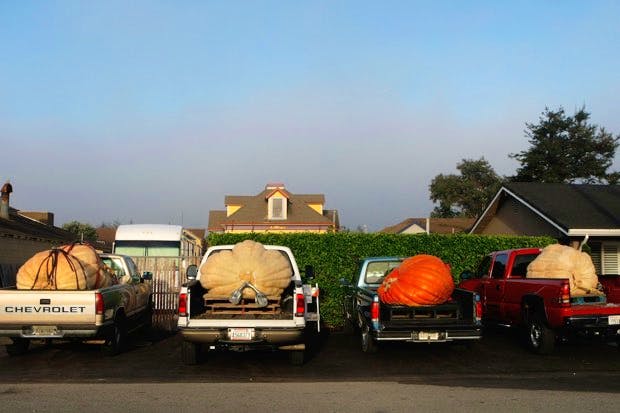
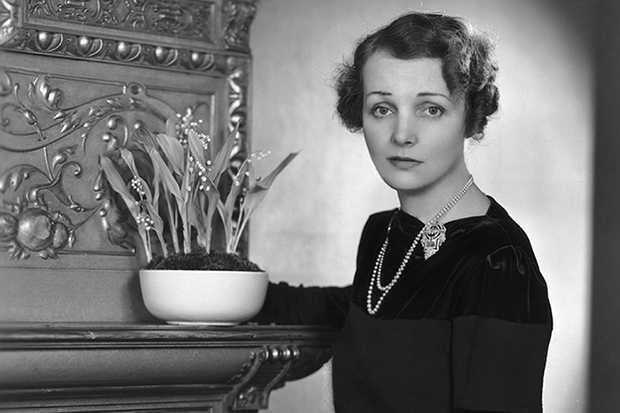






Comments
Don't miss out
Join the conversation with other Spectator Australia readers. Subscribe to leave a comment.
SUBSCRIBEAlready a subscriber? Log in